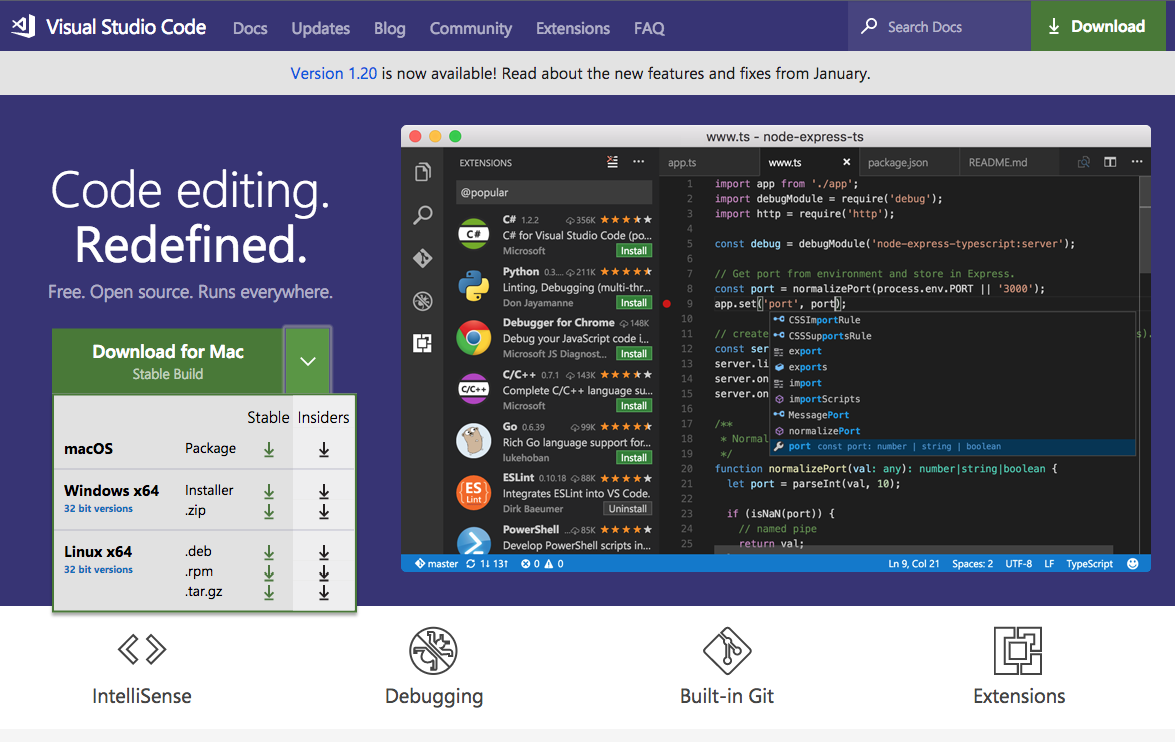



Let's take a look at a YAML file for a brief overview. But the maintainers renamed it to YAML Ain't Markup Language to place more emphasis on its data-oriented features. The YAML acronym was shorthand for Yet Another Markup Language. It's also easy to for humans to read, which is why it's a good choice for configuration. YAML has broad language support and maps easily into native data structures. It's often used as a format for configuration files, but its object serialization abilities make it a viable replacement for languages like JSON. This YAML tutorial will demonstrate the language syntax with a guide and some simple coding examples in Python. YAML Ain't Markup Language ( YAML) is a serialization language that has steadily increased in popularity over the last few years.


 0 kommentar(er)
0 kommentar(er)
